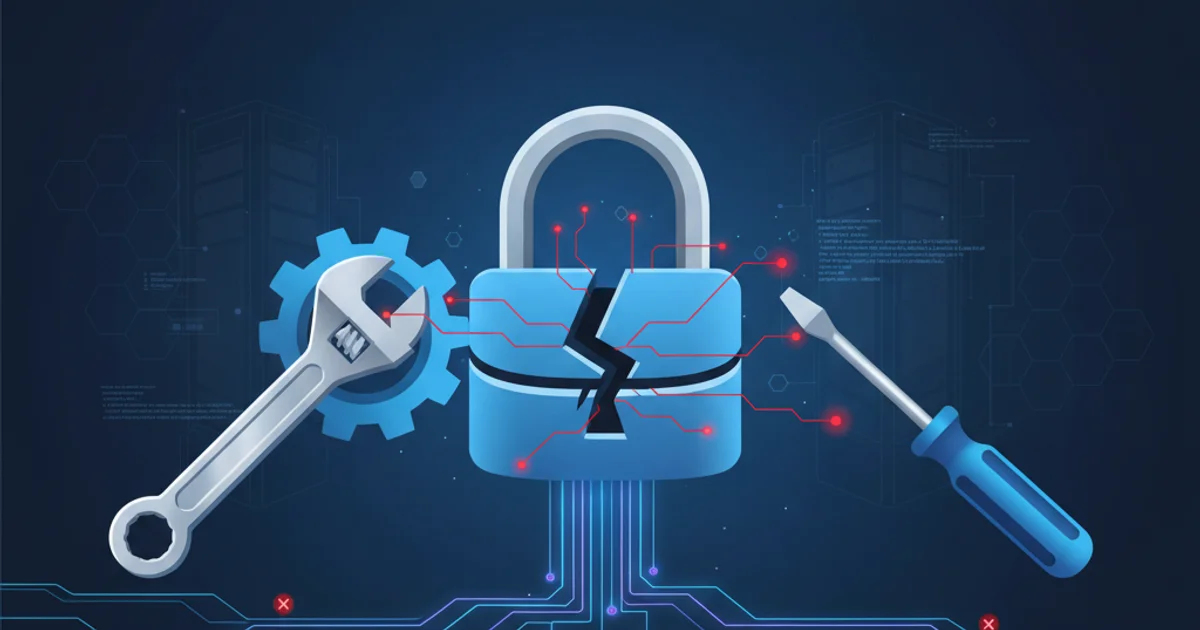How can I get `pip install`'s download progress?
pip install's download progress? with practical examples, diagrams, and best practices. Covers download, installation, pip development techniques with visual explanations.Categories:
Monitoring pip install Progress: A Guide to Verbose Downloads

Learn how to track the download progress of packages during pip install operations, enhancing visibility and troubleshooting capabilities for Python environments.
When installing Python packages using pip, especially large ones or over slow network connections, it can be frustrating to stare at a seemingly frozen terminal without any indication of progress. By default, pip provides minimal output during the download phase. This article explores various methods to gain better visibility into pip install's download progress, from built-in verbosity options to external tools, helping you understand what's happening behind the scenes.
Understanding pip's Default Behavior
By default, pip is designed to be concise. When you run pip install package_name, it typically displays messages about collecting the package, downloading it, and then installing it. However, the 'downloading' step often lacks a progress bar or percentage, making it difficult to gauge how long the operation will take or if it's stalled. This behavior is generally acceptable for small packages or fast connections, but becomes problematic for larger downloads.
flowchart TD
A[pip install package_name] --> B{Check Cache}
B -->|Hit| C[Install from Cache]
B -->|Miss| D[Resolve Dependencies]
D --> E[Download Package(s)]
E --> F{Download Progress?}
F -->|No (Default)| G[Install Package(s)]
F -->|Yes (Verbose/External)| H[Display Progress]
H --> G
G --> I[Success/Failure]Default vs. Verbose pip Install Flow
Enabling Verbose Output with pip
While pip doesn't offer a traditional progress bar for downloads, it does provide a verbose mode that can offer more insight into its operations, including some details about the download process. The -v or --verbose flag increases the verbosity level. You can use it multiple times for even more detailed output, though the download progress itself remains somewhat limited.
pip install --verbose your-package-name
# or for even more detail
pip install -vvv your-package-name
Using the verbose flag with pip install
With verbose output, you might see more information about the URLs being accessed, the files being downloaded, and the size of the packages. While not a dynamic progress bar, it confirms that pip is actively working and provides context for troubleshooting network issues.
Leveraging External Tools for Download Progress
For a true download progress bar experience, you often need to rely on external tools that pip can be configured to use for its HTTP requests. The most common and effective way to achieve this is by integrating wget or curl.
wget or curl is installed and available in your system's PATH before attempting to configure pip to use them. These tools are typically pre-installed on most Linux/macOS systems.You can configure pip to use an external downloader by setting the PIP_DOWNLOAD_CACHE environment variable and then using pip download followed by pip install --no-index --find-links.
1. Step 1: Download with wget or curl (manually or via script)
This approach involves manually downloading the package using wget or curl which inherently show progress, and then installing from the local file. This is useful for very large packages or when you need fine-grained control over the download.
2. Step 2: Install from local file
Once the .whl or .tar.gz file is downloaded, you can install it directly using pip.
# Example using wget to download a package (replace URL and filename)
# Find the package URL on PyPI (e.g., for numpy)
wget https://files.pythonhosted.org/packages/...
# Then install locally
pip install numpy-1.23.5-cp310-cp310-manylinux_2_17_x86_64.manylinux2014_x86_64.whl
Manually downloading with wget and installing locally
While pip itself doesn't have a direct 'progress bar' flag, combining its verbose output with external download managers or understanding its internal workings can significantly improve your experience when dealing with package installations.